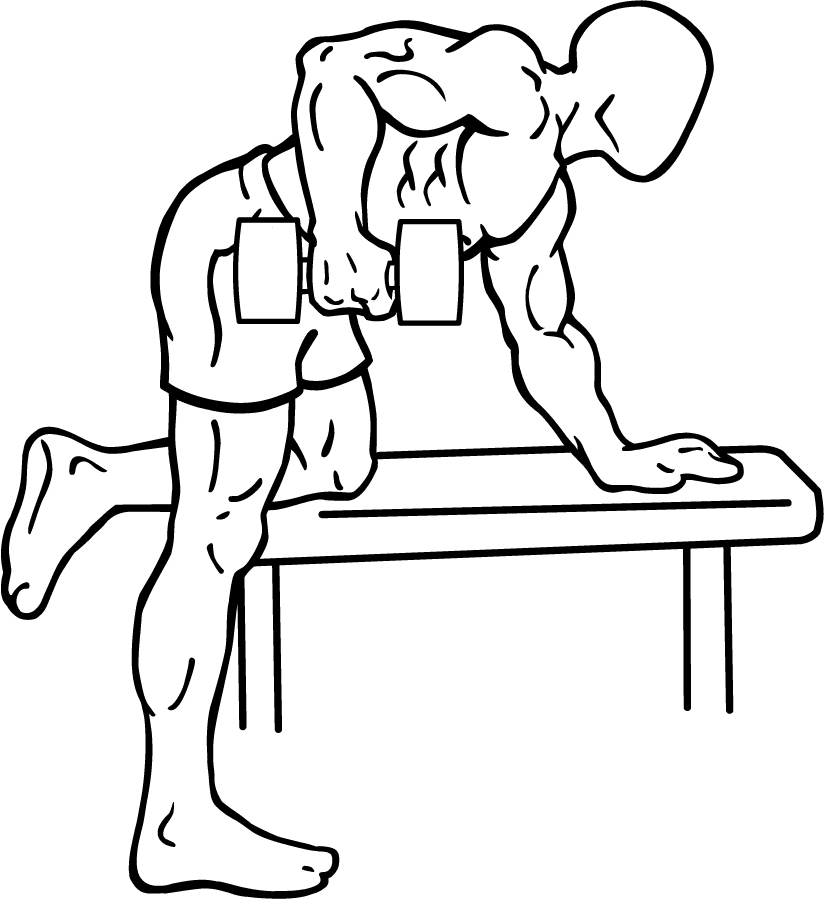 A warm-up is necessary no matter how warm the environment.
A warm-up is necessary no matter how warm the environment. 
? Gentle jogging, marching, skipping or similar rhythmical activity.
? Exercises of a steady rhythmical nature involving other joints of the body, such as gentle knee bends, arm swings, sways, trunk rotation, step ball change. None of these should reach end of range of movement so muscles and joints are not overstretched. Incorporating arm movements at this stage will increase the effects of the warm-up.
? Gentle stretches to the large muscle groups, holding each stretch for 10-15 seconds. An increase in flexibility through stretching may reduce the incidence of muscle and tendon injuries. You might want to stretch your quads, hamstrings, inside-thigh and calf muscles at this time.
? Balance exercises, such as standing on one leg, then being able to control bending and straightening the supporting leg and rising on to demi-pointe.
How long a warm-up takes will depend on your age and fitness level. A young child would be exhausted if they had to jump around for more than a couple of minutes, but a teenage student might need to take 10-15 minutes to be fully warmed.?
Interestingly, the fitter you are and the more often you train, the longer your warm-up needs to be to have the same effects.?
The steps in the warm-up should be not overstretch you and should not include sudden changes in direction, complicated leaps or turns. Keep the steps simple and repetitive and leave the technical bits to the class when the body is warmed up and better able to cope with them. At the end of the warm-up you should feel warm, relaxed and ready for action. If not, you have either done too much, or not enough!







Be the first to comment on "The Warm-up…How?"